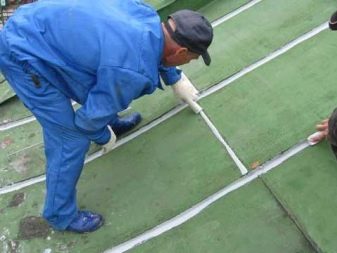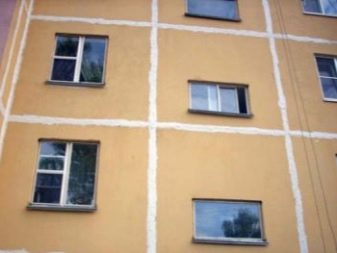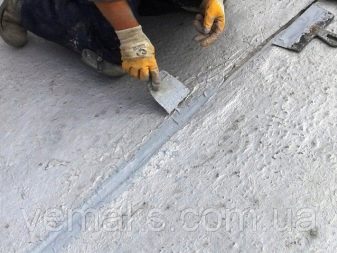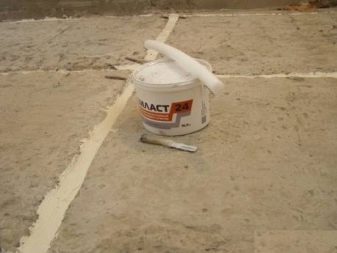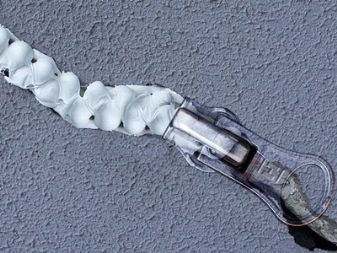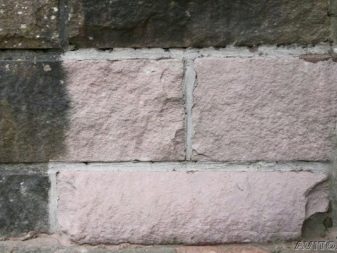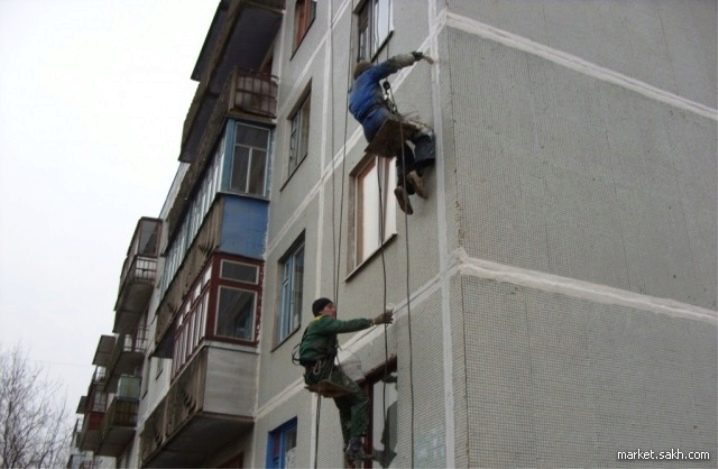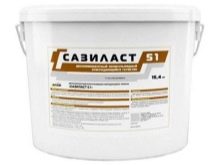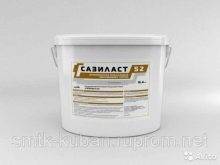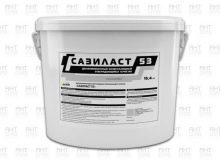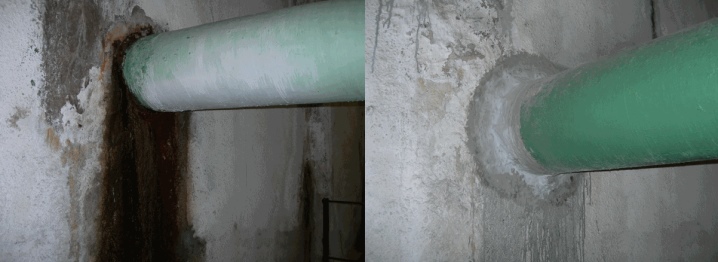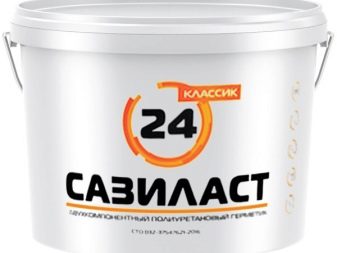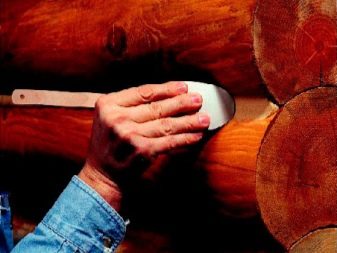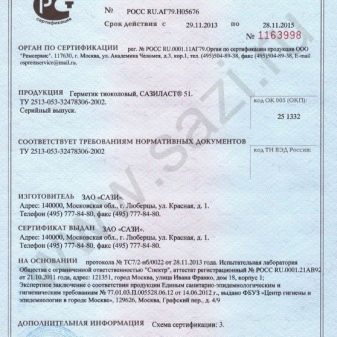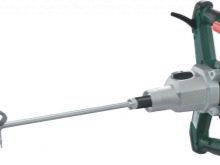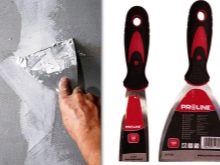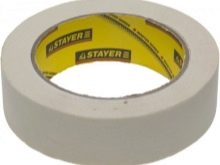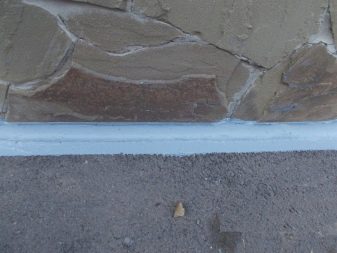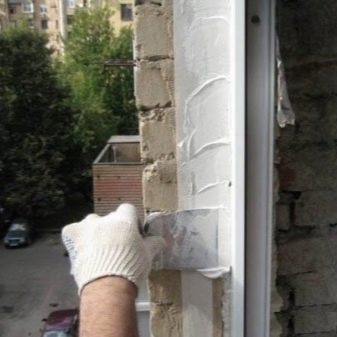Sealant "Sazilast": properties and characteristics
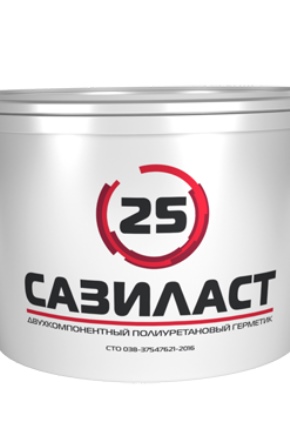
"Sazilast" is a two-component sealant, which is effective for a long period of time - up to 15 years. It can be applied practically to all construction materials. Most often used for sealing seams on the roof, joints on walls and ceilings. The required time for the solidification of the substance is two days.
Special features
Sealant "Sazilast" universal, has excellent technical characteristics.
The peculiarity of this protective coating is that it can be applied on a wet surface.
The main technical characteristics are as follows:
- possesses low vapor and air tightness;
- possible application at low temperatures;
- the product is resistant to diffusion effects;
- interacts very well with materials: concrete, aluminum, wood, PVC, brick, and natural stone;
- interacts well with paint;
- may be applied to the surface at an acceptable rate of deformation of at least 15%.
Species
There is a wide variety of sealant packaging. The most popular are plastic buckets weighing 15 kg.
Depending on the type of application, there are 2 groups:
- for installation of the base;
- for the repair of facades of buildings.
For repair of the foundation, Sazilast -51, 52 and 53 are used. They are made of a two-component composition, namely a hardener based on polyurethane prepolymer and a basic paste based on polyol. They have good resistance to vibration loads and are also resistant to chemically aggressive substances.
Resistant to ultraviolet radiation / compounds 51 and 52 /, therefore recommended for use for roofing work. When processing in hard-to-reach places, the composition is mainly used - 52, since it has a more fluid consistency. For work with high humidity, the best option is the seal 53,as it is characterized by special durability to long-term exposure to water.
All sealants show excellent protective properties, they reliably withstand the effects of:
- water;
- acids;
- alkali.
For repair of the facade of buildings, residential premises and not only, Sazilast-11, 21, 22, 24 and 25 are used. One-component mixture 11 is very popular for installation of window-balcony and stained glass structures. It is an acrylic mastic that reliably holds the inner seam layer. Two-component polysulfide seals type 21, 22 and 24 are not designed for use in residential areas. Seal No. 25 is a sealant based on polyurethane; it is characterized by rapid readiness for use, since it does not depend on the parameter of the joint and the external temperature parameters of the environment. It is also possible to paint it with paints and various substances.
It is used for planes with curvature of the surface up to 25%, as well as seals 22 and 24. The uniqueness of sealant 25 is manifested in the possibility of using about the wrong surface about 50%. All types of Sazilast have high strength, resistance to temperature extremes.
The product has an international quality certificate, which increases its status and ensures good demand.
Recommendations
The following tools are necessary for the application of sealant in repair activities:
- low-speed drill with a blade attachment;
- spatulas;
- masking tape
For safe operation it is important to clean the surface of the structure well. The protective layer is applied to a dry or wet surface. For a neat and aesthetic look of an expansion joint, a mounting tape is attached to the edges of the finishing material.
It is appropriate to use when complying with:
- right proportions;
- temperature conditions.
Follow this recommendation: do not use a large amount of hardener. Otherwise, the protective coating will quickly harden, which will give the structure insufficient strength. If the hardener is not enough, then the composition will have a sticky texture that does not meet the necessary requirements.
When applying a protective one-component sealant 11, no overlay on the surface is allowed at a humidity of more than 90%, as well as its contact with water. It is strictly forbidden to add a solvent, since the characteristics of the composition will change, without them reliable installation will not be possible.For compounds 51, 52 and 53, it is recommended to apply the material to the surface at an ambient temperature from -15 to + 40 degrees C. The layer should be less than 3 mm; if the seam width is more than 40 mm, then the area should be sealed in two approaches. It should be applied to the substance at the edges, then pour the joint.
Safety
It is very important not only to reliably and accurately install deformed joints, seams, but also to comply with safety requirements. To do this, follow the prescribed rules. Do not let the sealant on the skin, if this happened, it is necessary to promptly wash the area with water using soapy water.
The basic rule for all protective coatings is to prevent moisture from entering it. For a protective coating of 21, 22, 24 and 25, the warranty period is 6 months at a temperature of -20 to +30 degrees C. Protective sample 11 is also stored for 6 months, but if the temperature is not lower than +13 degrees C, and not less than -20 degrees C retains its properties for 30 days.
Two-component polysulfide sealants 51, 52 and 53 contain at a temperature of from -40 to +30 degrees C for 6 months.
Life time
Sheeting 21, 22 and 23 are usable from 10 to 15 years. With a layer thickness of 3 mm and deformation of the seam up to 25% of the adhesive mixture 21, 22, 24 and 25, the limiting time from the start of operation is 18-19 years.
About sealant "Sazilast" see the following video.
